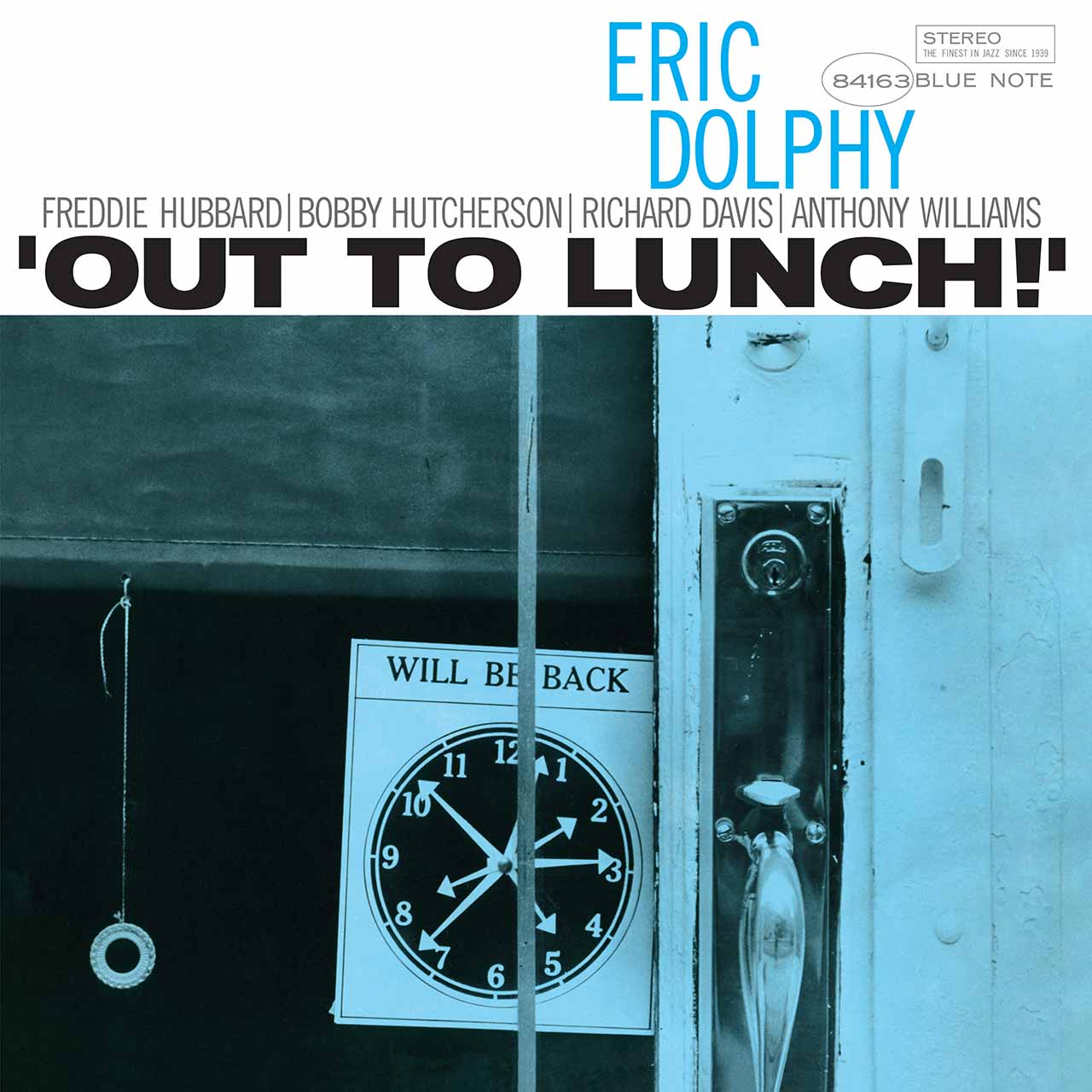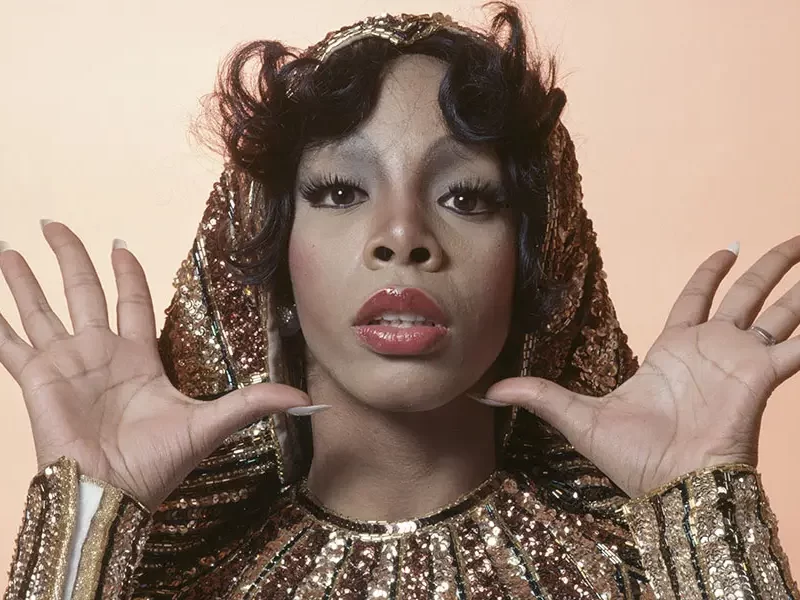The crowning glory of Eric Dolphy’s career was 1964’s earth-shaking Out to Lunch, the only album he recorded for Blue Note. The cruel irony was that he didn’t live to see its release.
Out to Lunch neither bound itself to bop nor fully embraced free blowing. It was its own particular beast, arriving at the forefront of what some called the New Thing in mid-’60s jazz. The players – Dolphy on alto sax, flute, and bass clarinet; trumpeter Freddie Hubbard, vibraphonist Bobby Hutcherson, bassist Richard Davis, and 18-year-old drumming phenom Tony Williams – were just a few of the musicians pushing jazz to an avant-garde edge without falling over the cliff.
Listen to Eric Dolphy’s Out to Lunch now.
Dolphy came out of bop, but had also played a crucial role on radical explorations like Ornette Coleman’s 1961 Free Jazz and John Coltrane’s 1962 Live at the Village Vanguard. Solo outings like Outward Bound and Out There, however, maintained overt ties to Dolphy’s bebop past.
By the time Dolphy and company convened at Rudy Van Gelder’s now legendary New Jersey studio in February 1964, though, electricity and the spirit of change were in the air. Jackie McLean’s forward-looking One Step Beyond had come out the previous month, and Grachan Moncur’s next-level Evolution was recorded in November 1963, both cut at Van Gelder’s Garden State magic shop and featuring Hutcherson and Williams.
Out to Lunch is uniformly assessed as a milestone today, but back then, it was a polarizing record. Bop purists felt Dolphy was chopping jazz into pieces, stuffing them into a cannon, and blasting away. To more open-minded listeners, he was a jazz Jackson Pollock, taking the same colors musicians had worked with for centuries and finding maverick methods of blending them.
Dolphy was a soft-spoken, bookish sort who abjured drugs and drink and prioritized brainpower over instrumental flash. His personality shines through in the album’s arch, intellectual POV, but so does his passion as he balances structure and freedom, consonance and dissonance, density and space, fury and sly humor. “Hat and Beard” was inspired by Thelonious Monk and takes Monk’s angular eccentricities to another dimension, with Dolphy’s almost feral clarinet solo, and the vibes/drums interplay shifting from poetic abstraction to antic comedy.
The percussive team of young lions Williams and Hutcherson was an influential one. Venerated percussionist Michael Blair (Tom Waits, Elvis Costello, et al.) remembers immersing himself in the album in his music school years. “From a percussion point of view, I was fascinated – and impressed – by how they found so many different textures on the vibraphone and drum set. Hutcherson’s chord clusters, rhythmic ostinato figures, melody doubling, and expressive/responsive improvisation. Williams’ dynamics, use of space, open drum tuning – especially his bass drum – and wonderful cymbal textures. This is one of the records that showed me that listening was as important as playing.”
Backdropped by Davis’s foreboding bowed chords, “Something Sweet, Something Tender” manages to twist an ostensible ballad into something that could soundtrack a Halloween ghost-hunting expedition. “Gazzeloni” is named for a classical flutist, but it’s the most swinging thing on the album. Dolphy’s flute swoops in between the notes in a way that evokes his professed love of birdsong.
The title track begins and ends as an organized but giddy march into the maw of infinity. In between, it’s a fevered, free-form lunge through the looking glass, with Dolphy’s alto and Hubbard’s trumpet sounding like they’ve been soaked in psychedelic tea. In the original liner notes, Dolphy introduces “Straight Up and Down” with “This one reminds me of a drunk walking.” The intro’s almost cartoonish stagger eventually drops the unsuspecting listener headlong into a dreamlike reverie, as Dolphy and Hubbard skitter gleefully through a percussive herd of pink elephants.
Out to Lunch was to New Thing jazz as The Sex Pistols’ debut was to punk: It wasn’t the very first, but it’s the one that blew the doors wide open. Jazz before and after Dolphy’s swan song (he died of diabetes at 36, just weeks before its release) are two different things. Directly or indirectly, the album’s mix of control and freedom affected everything in its wake.
The cool blue album cover features a sign in a shop window reading “WILL BE BACK” atop an image of a clock with seven hands pointing in different directions. For Dolphy the man, it could be seen as an eerie forecast of his imminent journey beyond the mortal plane. It also reads as a reminder that Dolphy the artist and his magnum opus are ever present among us.
Listen to Eric Dolphy’s Out to Lunch now.



